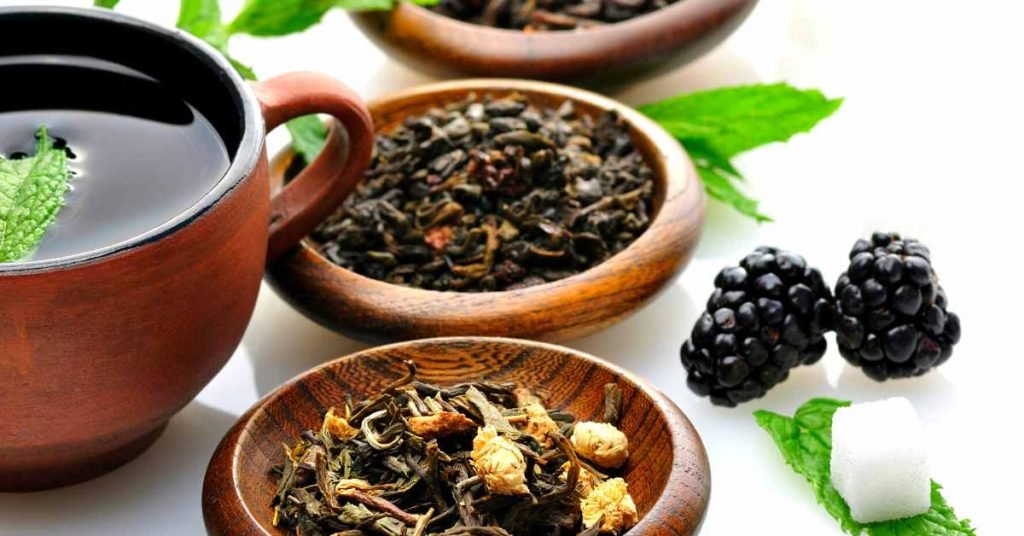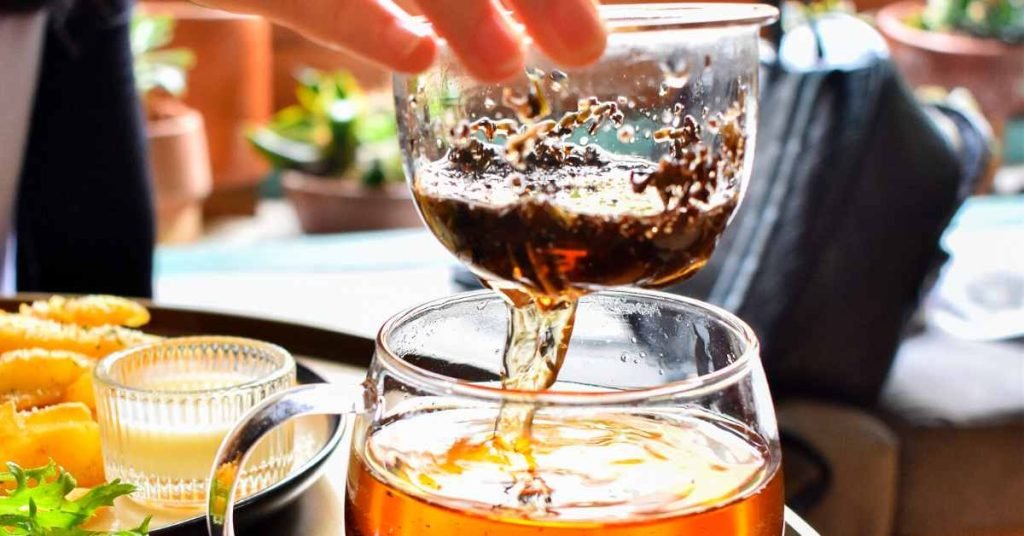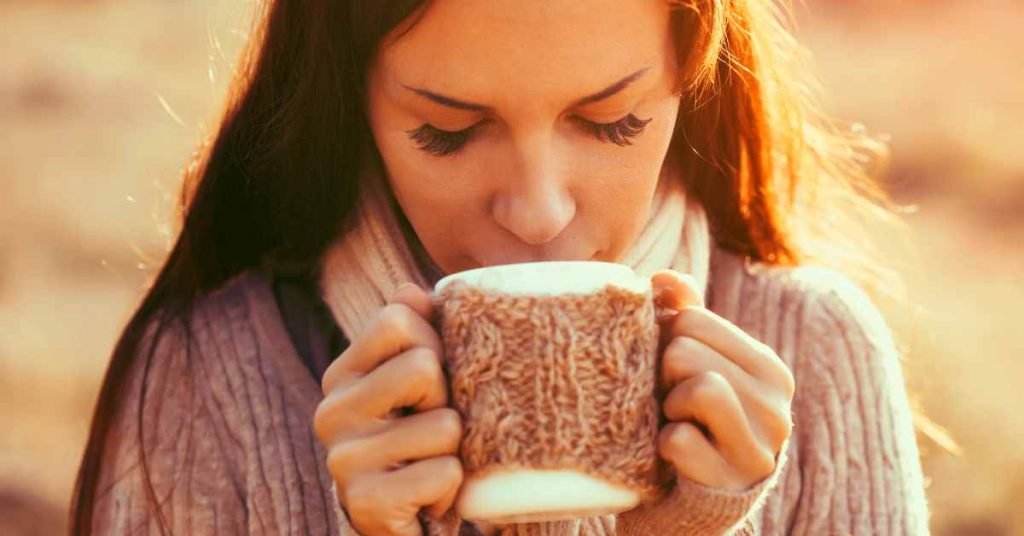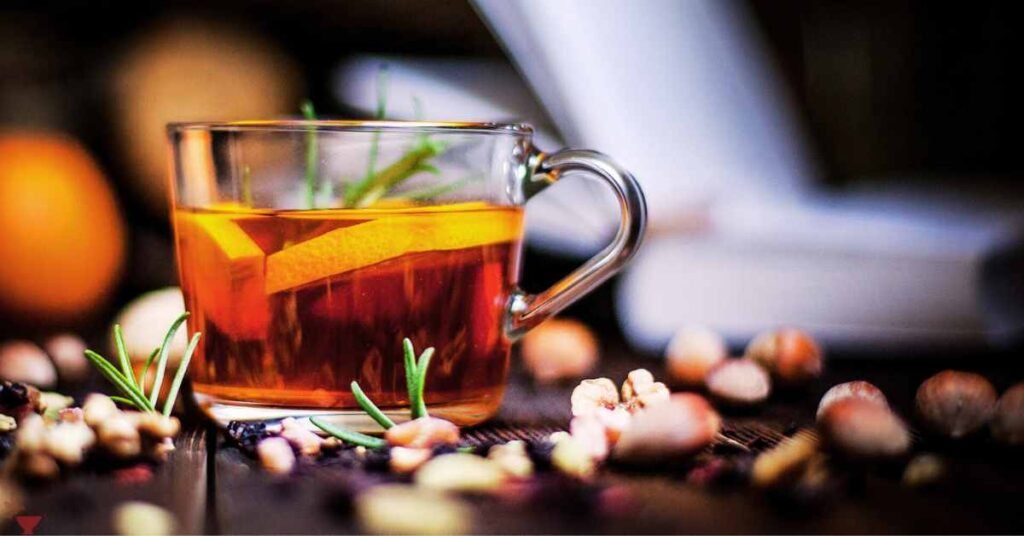Hey there, tea enthusiasts! Are you a tea lover who adores the soothing experience of a warm cuppa but sometimes wishes to dial down the caffeine content?
Well, fret not, because we’ve got you covered!
In this article, we’ll embark on an exciting journey into the world of decaffeination, where science and art intertwine to create decaffeinated versions of our beloved real teas.
So, grab your favorite mug, settle into a cozy spot, and prepare to uncover the secrets behind how your cherished Earl Grey, English Breakfast, and other delightful teas bid adieu to their caffeine buzz while retaining their captivating flavors.
It’s time to unravel the mysteries of the decaffeination process and discover how real tea can bring you the best of both worlds – a moment of tranquility and a delightful sensory experience.

Let’s dive in, shall we?
However, for some tea enthusiasts, the stimulating effects of caffeine may be a concern.
To cater to the needs of those who prefer a more gentle experience, decaffeinated tea has emerged as a popular choice.
In this article, we will explore the fascinating world of decaffeination, shedding light on the methods employed to create decaffeinated teas, with a focus on renowned blends such as Earl Grey and English Breakfast.
Understanding Caffeine in Tea
Caffeine is a naturally occurring compound found in tea leaves, stimulating the central nervous system and offering a revitalizing effect.
It is worth noting that the caffeine content varies among different tea types and even within the same category. Generally, green and white teas contain less caffeine than black and oolong teas.
The Decaffeination Process

Decaffeination aims to remove or reduce the caffeine content in tea while preserving its distinctive flavor profile.
There are several commonly used methods for decaffeinating tea, including the ethyl acetate method, the carbon dioxide method, and the water process.
Let’s delve into each of these techniques in more detail.
Ethyl Acetate Method
The ethyl acetate method, also known as the natural solvent method, employs organic solvents derived from fruits such as apples or pears. Tea leaves are first moistened with water to open up their pores. Then, they are placed in contact with ethyl acetate, a naturally occurring compound found in fruits.
The ethyl acetate selectively binds to the caffeine molecules and removes them from the leaves. The tea leaves are then rinsed to remove any residual solvent, ensuring that the desirable compounds, such as flavors and antioxidants, remain intact. This method is frequently used for decaffeinating Earl Grey tea, renowned for its distinctive bergamot flavor.
Carbon Dioxide Method
In the carbon dioxide (CO2) method, tea leaves are subjected to high-pressure carbon dioxide, which acts as a solvent to extract the caffeine. This process involves placing the tea leaves in a sealed chamber and introducing CO2 in its supercritical state, which occurs at a specific temperature and pressure where CO2 exhibits both liquid and gas properties.
The supercritical CO2 penetrates the leaves and selectively dissolves the caffeine molecules without affecting other flavor compounds. The caffeine-laden CO2 is then removed from the chamber and depressurized, allowing the CO2 to revert to its gaseous state, leaving behind pure caffeine. The decaffeinated tea leaves are dried and processed. This method is widely used for decaffeinating teas like English Breakfast, a bold black tea blend appreciated for its robust flavor.

Water Process
The water process, also known as the Swiss water process, is a chemical-free decaffeination method. Initially, tea leaves are soaked in hot water to create an extract that contains both caffeine and flavor compounds. This extract is then passed through activated carbon filters that selectively capture the caffeine molecules while allowing the flavor compounds to pass through.
The caffeine-free extract is then reintroduced to a fresh batch of tea leaves to reabsorb the flavor compounds that were initially removed. This cycle is repeated until the tea leaves are sufficiently decaffeinated. This gentle process helps retain the original flavor characteristics of the tea. The water process is commonly employed for decaffeinating various types of tea, including black, green, and herbal infusions.
Preserving Flavor and Quality
One of the significant challenges in decaffeination is preserving the tea’s flavor and quality.
Caffeine, although a stimulant, contributes to the overall taste profile of tea.
To compensate for the lost caffeine, manufacturers often adjust the processing and blending techniques to ensure that the decaffeinated teas maintain their signature flavors.
This meticulous attention to detail allows tea enthusiasts to savor their favorite brews without compromising taste.
The Role of Tea Quality

The decaffeination process depends on the tea leaves quality. High-quality teas, which are carefully cultivated, handpicked, and processed, are more likely to yield exceptional decaffeinated versions.
The finest Earl Grey and English Breakfast teas, known for their premium ingredients and distinct character, serve as prime examples.
How Many Cups of Decaf Tea Can I Drink Per Day?
The number of cups of decaf tea you can safely consume per day depends on various factors, including your individual sensitivity to caffeine and overall health condition.
While decaffeinated tea contains significantly less caffeine compared to regular tea, it’s important to note that it’s not completely caffeine-free.
A cup of decaf tea contains around 2 to 10 milligrams of caffeine, which is much lower than regular tea’s 20 to 60 milligrams of caffeine.
However, it’s essential to keep in mind that caffeine content can vary among different brands and methods of decaffeination.
If you are particularly sensitive to caffeine or have certain health conditions that require you to limit caffeine intake, it’s advisable to consult with a healthcare professional to determine an appropriate daily limit for you.

Additionally, some individuals may be more sensitive to the residual caffeine in decaf tea, so it’s important to pay attention to your body’s response and adjust your consumption accordingly.
In general, moderate consumption of decaf tea is considered safe for most people.
It’s recommended to follow the guidelines of the International Food Information Council, which suggests that adults can safely consume up to 400 milligrams of caffeine per day, including caffeine from all sources.
This translates to approximately 4 to 5 cups of decaf tea, considering the lower caffeine content.
However, it’s always a good idea to listen to your body and be mindful of any adverse effects or sleep disturbances that may occur.
If you experience any discomfort or unwanted side effects, it’s best to reduce your consumption or switch to herbal teas, which are naturally caffeine-free.
Ultimately, finding the right balance and enjoying decaf tea in moderation is key.
Remember, tea is not only about caffeine content but also about the pleasure of savoring the flavors, aromas, and relaxation it brings.
Final Word

Decaffeinated tea offers a delightful option for tea lovers who seek a milder experience without sacrificing the unique flavors and aromas that tea provides.
Through various decaffeination methods such as the ethyl acetate, carbon dioxide, and water processes, tea manufacturers offer a plethora of different decaf options for caffeine-sensitive tea lovers.
Medical Disclaimer
Itsnevernotteatime.com cannot and does not contain medical/health advice. The medical/health information is provided for general and educational purposes only and is not a substitute for professional advice.
Statements made on this website regarding the herbal and natural products offered on this website have not been evaluated by the food and drug administration as the FDA does not evaluate or test herbs. This information has not been evaluated by the US Food and Drug Administration, nor has it gone through the rigorous double-blind studies required before a particular product can be deemed truly beneficial or potentially dangerous and prescribed in the treatment of any condition or disease.
It is not meant to substitute for medical advice or diagnosis provided by your physician or other medical professionals. Do not use this information to diagnose, treat or cure any illness or health condition.
Accordingly, before taking any actions based upon such information, we encourage you to consult with the appropriate professionals. We do not provide any kind of medical/health advice. The use or reliance of any information contained on this site is solely at your own risk.
Please visit this FDA website to clear any confusions you have about food and dietary products and their ingredients:
Please visit this FDA website to clear any confusions you have about food and dietary products and their ingredients: https://www.fda.gov/Food/DietarySupplements/default.htm
MEDICAL DISCLAIMER
Itsnevernotteatime.com cannot and does not contain medical/health advice. The medical/health information is provided for general and educational purposes only and is not a substitute for professional advice.




